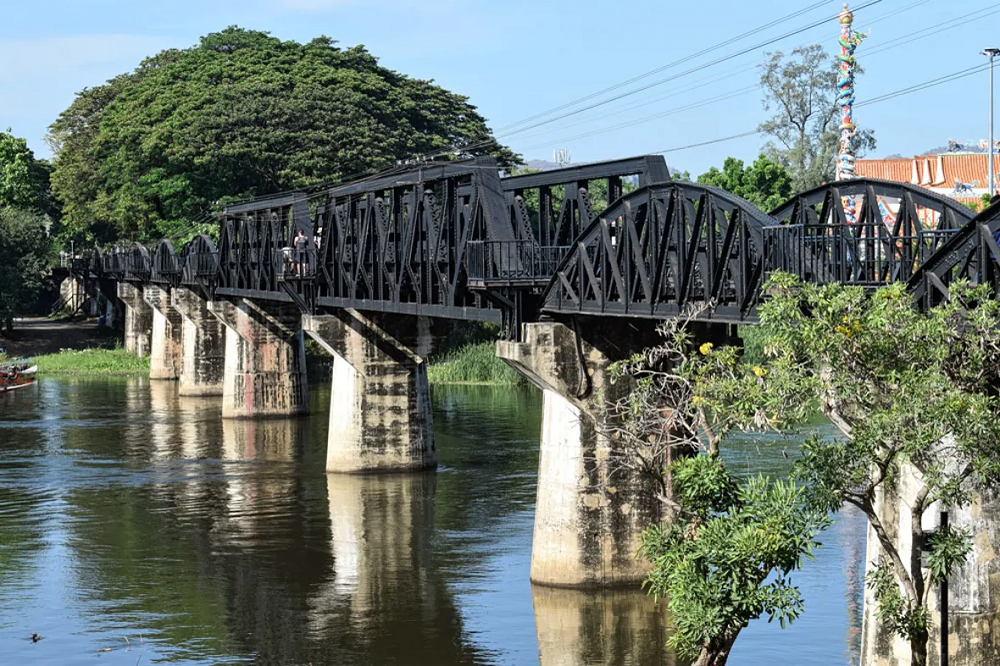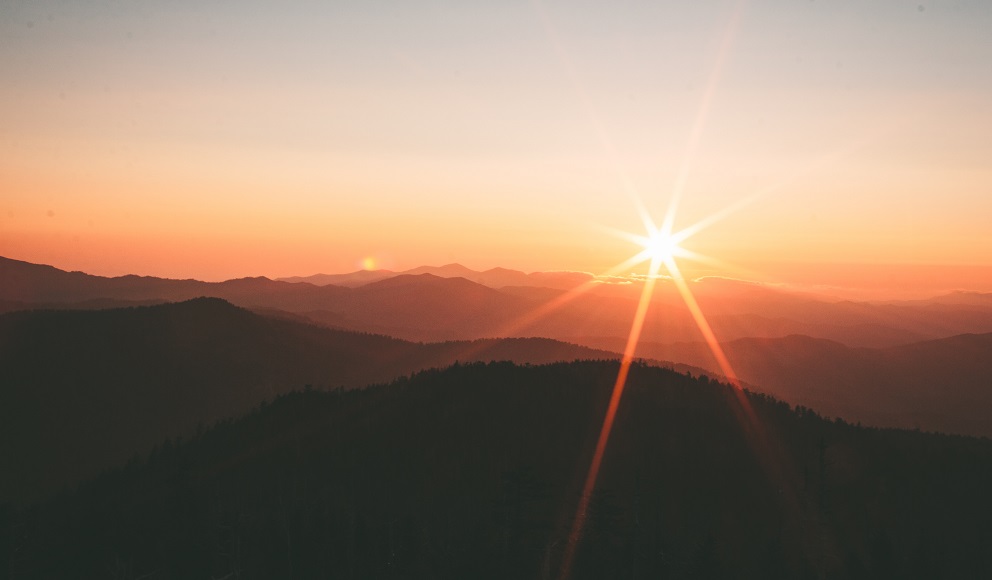The Bridge on the River Kwai

The bridge over the River Kwai became famous due to its role in World War II. Here are some key details about why this bridge is so well-known:
It was part of the Burma Railway connecting Thailand and Burma (now Myanmar), which the Japanese forced Allied prisoners of war to build during WWII. The conditions were brutal, and many POWs died during construction.
The bridge crossed over the river Kwai in western Thailand. Its construction was a significant episode in the building of the railway.
The 1957 film “The Bridge on the River Kwai” dramatized its construction and brought it to worldwide attention. The movie won 7 Academy Awards, including Best Picture.
Allied forces repeatedly bombed the bridge during WWII to disrupt the railway supply line. After the war, the bridge was repaired and still stands today as a historic landmark.
The bridge symbolised the suffering of POWs forced to build the railway and the overall harsh conditions for Allied prisoners held by the Japanese. It remains a memorial to those who died during its construction.
In summary, the bridge over the river Kwai represents an important WWII episode and the site of the tragedy, which was then immortalised through film and history. Its unique story made this bridge in Thailand so iconic and renowned.
Here are some of the main things to see and do at the Bridge over the River Kwai today:
See the bridge itself – The original steel and concrete bridge remains after being reconstructed following WWII bombings. You can walk along and, on the bridge, appreciate its historic engineering and design.
Visit the Kanchanaburi War Cemetery – Nearby is this cemetery maintained by the Commonwealth War Graves Commission with 6,982 POWs buried, many of whom died building the railway. It serves as a sobering memorial.
Tour the Thailand-Burma Railway Centre – This interactive museum documents the history of the railway and bridge, providing perspectives from those who built it and their captors.
Ride the Death Railway – Take a train ride over portions of the original route, passing over the river Kwai on the bridge.
See the Museum Gallery – Found under the bridge; this gallery has artifacts from the construction along with images and models depicting the bridge’s history.
Walk the wooden viaducts – These expansive viaducts built alongside the steel bridge are also original components preserved as a memorial.
Take a river cruise – Boats operate under the bridge along Kwai, offering up-close views.
From memorials to museums to tours, the Bridge over the River Kwai provides an immersive look at this wartime history and those who built what came to be known as the Death Railway.
Here are some common ways to get from Bangkok to the Bridge over the River Kwai:
Organized tour – Many tourist agencies and private tour companies in Bangkok offer day trips to the bridge, usually by bus or van. This is the most convenient option.
Train – You can take a train from Bangkok Thonburi Railway Station to Kanchanaburi, which takes around 3 hours. You can take a bus, mini-van, or taxi to the bridge from the Kanchanaburi station.
Bus – Buses depart Bangkok’s Southern Bus Terminal for Kanchanaburi several times daily. The journey takes 2-3 hours. Then transfer to local transport.
Rent a car – Hiring a car or minivan with a driver allows you to make the drive on your own schedule. It takes around 3 hours to drive from Bangkok.
River Kwai tour boat – Tour boats that include transport from Bangkok along the Chao Phraya River are also an option, combined with sightseeing.
Combine train and river – Take the train from Bangkok to Kanchanaburi aboard a boat to see the bridge and cruise along Kwai.
In summary, the most common and easiest ways are joining a day tour, riding the train, or taking a long-distance bus to Kanchanaburi. From there, you can reach the famous bridge via local transit. A private car or combined train/boat tour allows you to customise the experience.
A range of hotel accommodation is available near the Bridge over the River Kwai in Kanchanaburi. Here are some options:
Resotel Hotel – Located closest to the bridge, this hotel offers simple rooms with views of the river Kwai and an outdoor pool.Felice Hotel – A 5-minute drive from the bridge, it provides air-conditioned rooms with free Wi-Fi and a restaurant.
U Inchantree Kanchanaburi – This boutique resort is a 10-minute drive away and features an outdoor pool and spa services.
Apple’s Retreat – Situated on the riverbank, this resort has traditional Thai bungalows and is a short drive from the bridge.
River Kwai Hotel – Located right on the river, a 5-minute drive from the bridge, with an outdoor pool and views.
Jolly Frog Backpackers – For budget travelers, this hostel is a 10-minute walk from the bridge with dorms and private rooms.
There is a wide range of accommodations, from boutique resorts to simple guest houses within a short drive or walk from the Bridge over the River Kwai. This allows you to visit the historic site easily. Advanced reservations are recommended during peak season.
The best time to visit the Bridge over the River Kwai in Thailand depends on your preferences, but here are some guidelines on the favorable seasons:

The cool season (November to February) is the most popular time to visit. Days are sunny and dry with cooler temperatures. However, it can get quite crowded with tourists during peak holiday periods.
Hot season (March to May) – Days are more desirable and humid, which can be uncomfortable for some. However, there are fewer tourists so it’s less crowded. Vegetation is lush.
The rainy season (May to October) – If you don’t mind sporadic rain showers, the rainy season offers greener scenery and smaller crowds. Just be prepared for potential flooding.
Avoid major Thai holidays – Thai holidays like Songkran in April, Loy Krathong in November, and New Year can draw big domestic crowds.
Best months – Many consider December to January ideal with comfortable weather and stunning scenery. October to early November is a sweet spot between the rainy and high tourist seasons.
Overall, the excellent season offers peak weather but more tourists. Yet even in the hotter or wetter months, the bridge is still accessible, and you’ll avoid crowds. Flexible travellers can find benefits to visiting the Bridge over the River Kwai year-round!

